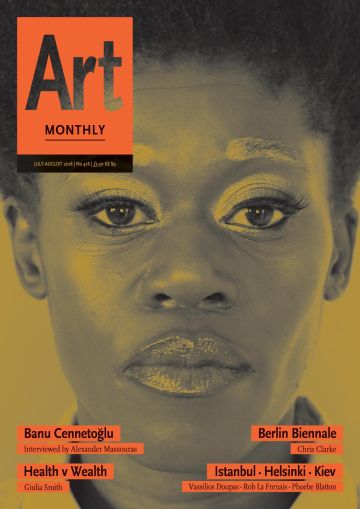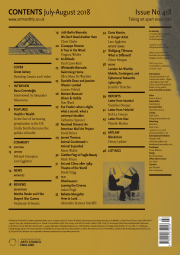Art Monthly 418
Jul-Aug 2018
Banu Cennetoglu
Interviewed by Alexander Massouras
Health v Wealth
Giulia Smith
Berlin Biennale
Chris Clarke
Istanbul • Helsinki • Kiev
Vassilios Doupas • Rob La Frenais • Phoebe Blatton
Buy Now – select:
Want to read this right now?
Get instant access to the entire back catalogue via Exact Editions from only £8.99!
Contents
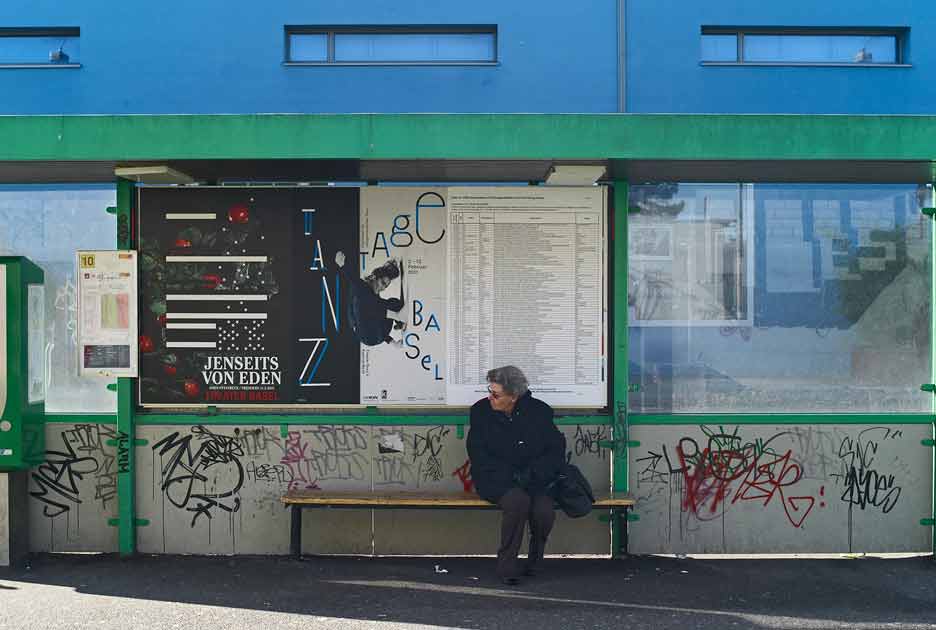
Banu Cennetoglu The List 2011
Interview
The List
Banu Cennetoglu interviewed by Alexander Massouras
The Istanbul-based artist discusses the politics of memory, the importance of visibility and the impossibility of representation.
The List can be in their life at least for a limited period of time – on the street, while waiting for the bus or with the morning coffee reading the morning paper. I refused to put it in art spaces. I wanted the interaction to be as un-negotiated an encounter as possible, but within a negotiated space – public spaces such as billboards, transport networks, newspapers.
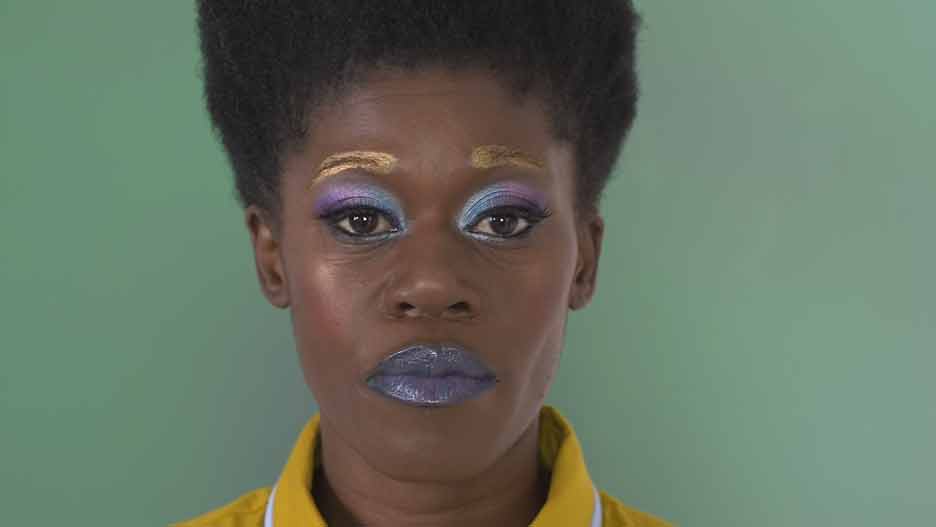
Oreet Ashery Revisiting Genesis 2016
Feature
Health v Wealth
In the face of increasing privatisation in the UK Giulia Smith discusses the politics of health
Drawing on examples by artists and activists from Ilona Sagar and Johanna Hedva to Oreet Ashery, Simone Leigh and Alice Brooke, she looks at alternative practices and approaches to health issues.
There is no reason to disagree with the rationale, cited on ACE's website, that 'good health and wellbeing are reliant on all kinds of factors, not just physical, but also psychological and social', meaning that art has a big role to play in the wellbeing of communities. What is disturbing, however, is that artists and cultural institutions are being encouraged to step in where the state is withdrawing.
Comment
Editorial
Floating Ideas
London's bodies of water have long played host to interventions by artists of various stripes, but Christo and Jean-Claude's Mastaba – docked in Hyde Park's Serpentine lake – should be considered an object lesson, not in form, but in artistic independence from state or other interference.
'I devised a giant copper ball which could be placed in the river, and which would rise and fall with the tide like the plumbing in a toilet.'
Letters
Other Follies
Michael Hampton responds to Lara Eggleton's feature on artists' architectural follies, and Lara Eggleton replies.
Artnotes
Glasgow Déjà Vu
Glasgow School of Art has suffered a second devastating fire in four years; annual figures for arts GCSE registrations reveal an accelerating decline; the UK government is to use the remnants of its Northern Cultural Regeneration Fund for an instrumentalist social-investment fund for creative projects; the EU plans to increase its arts funding; plus the latest news on galleries, appointments, prizes and more.
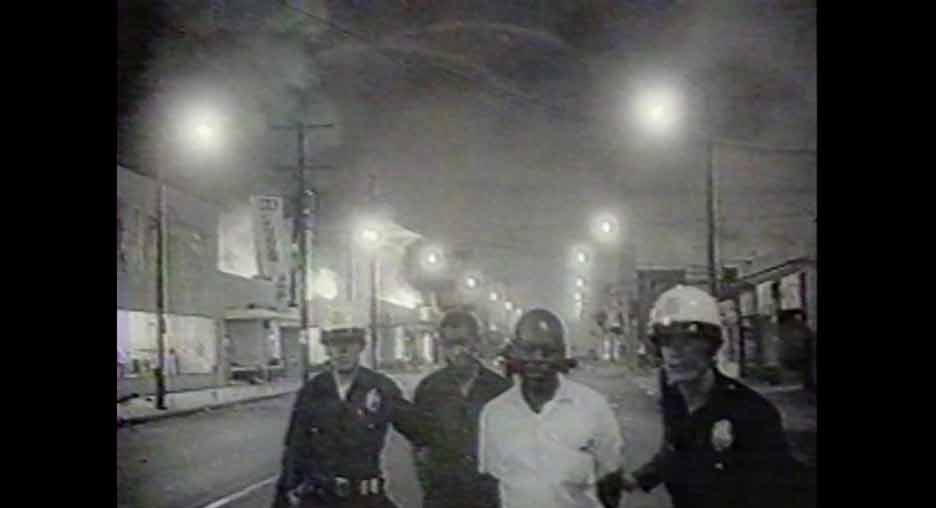
Tony Cokes Black Celebration 1988
part of the 10th Berlin Biennale
Exhibitions
Martha Rosler and Hito Steyerl: War Games
Kunstmuseum Basel
Stephanie Schwartz
10th Berlin Biennale: We Don't Need Another Hero
various venues
Chris Clarke
Giuseppe Penone: A Tree in the Wood
Yorkshire Sculpture Park, West Bretton
Virginia Whiles
At Altitude
Towner Gallery, Eastbourne
Paul Carey-Kent
Whitstable Biennale: Swimming Home
various venues
Ellen Mara De Wachter
Danielle Dean and Jeanine Oleson: Landed
Cubitt, London
Lauren Velvick
Meriem Bennani: Siham & Hafida
Stanley Picker Gallery, Kingston-Upon-Thames
Dan Ward
Eve Fowler: what a slight. what a sound. what a universal shudder.
Dundee Contemporary Arts
Catherine Spencer
Received Dissent: An American Mail Art Project
Graves Gallery, Sheffield
David Briers
Jennet Thomas: Animal Condensed >> Animal Expanded
Tintype, London
Maria Walsh
Günther Förg: A Fragile Beauty
Stedelijk Museum, Amsterdam
Mark Prince
Art and China after 1989: Theatre of the World
Guggenheim Bilbao
David Trigg
Reviews
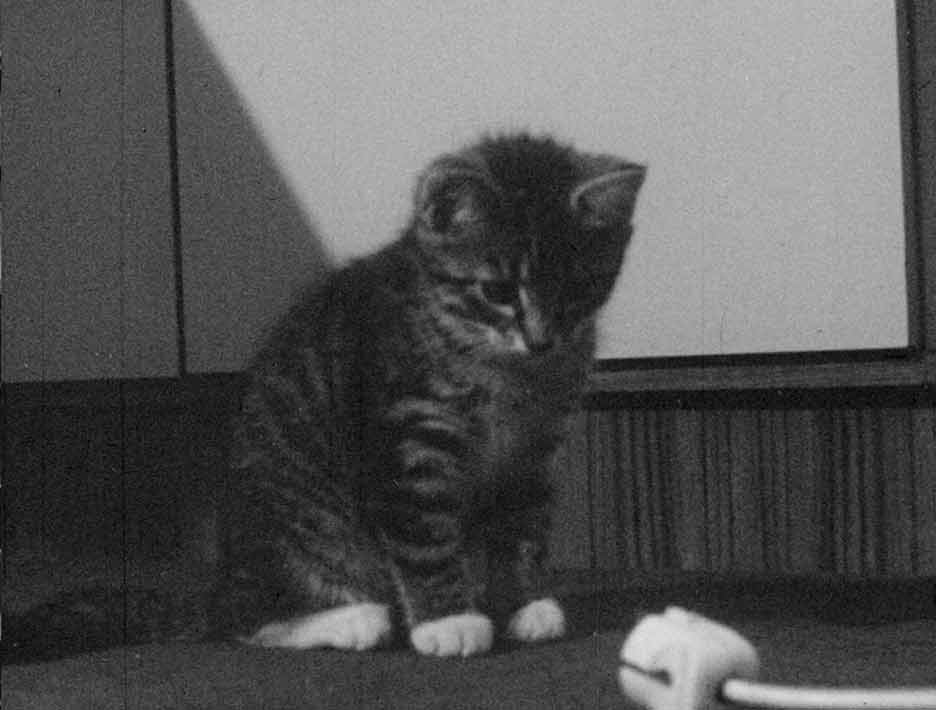
Rolf Thissen Warum Katzen? (Why Cats?) 1969
Film
Oberhausen: Leaving the Cinema
Adam Pugh
The artist dismembers a cat arduously using what appears to be a bread knife with apparent glee; the programme was as tough as it gets, though still marginally more tolerable than having to sit through a Wes Anderson film.
Reviews
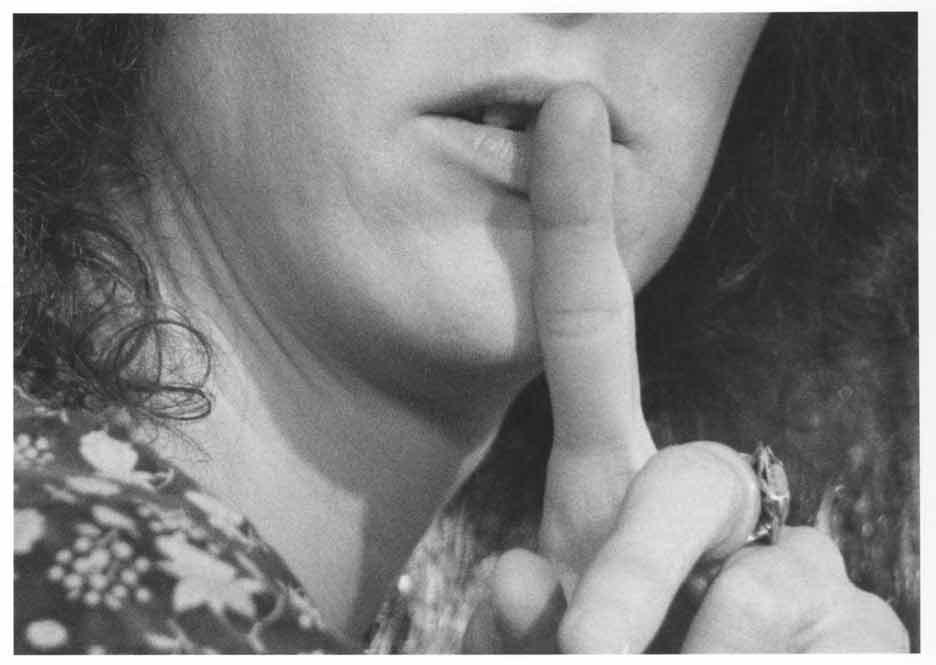
Babette Mangolte What Maisie Knew 1975
Film
Babette Mangolte: How to Look…
Alexandra Symons Sutcliffe
Film creates the image of movement by manufacturing stillness. Clearly and immediately in How to Look… The still and moving image are in tension and conversation.
Reviews
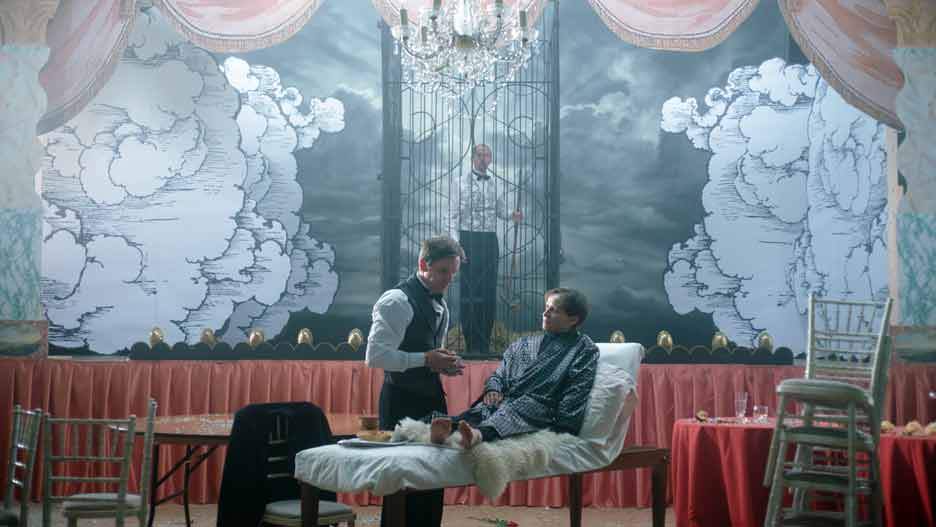
Daria Martin A Hunger Artist 2017
Film
Daria Martin: A Hunger Artist
Lara Eggleton
Daria Martin likens the hunger artist's self- objectification to the narcissistic posturing that characterises social media, with photographs sold alongside his performances that emphasise his emaciation and suffering.
Reviews
Artists' Books
Wolfgang Tillmans: What Is Different?
Elinor Morgan
It feels like an attempt to understand, a gathering of perspectives for the future, during an important and complicated moment.
Reviews
Books
London Art Worlds: Mobile, Contingent, and Ephemeral Networks 1960-1980
Jennifer Thatcher
The essays of this book are careful to avoid falling into the nostalgia trap of the so-called Swinging Sixties.
Reports
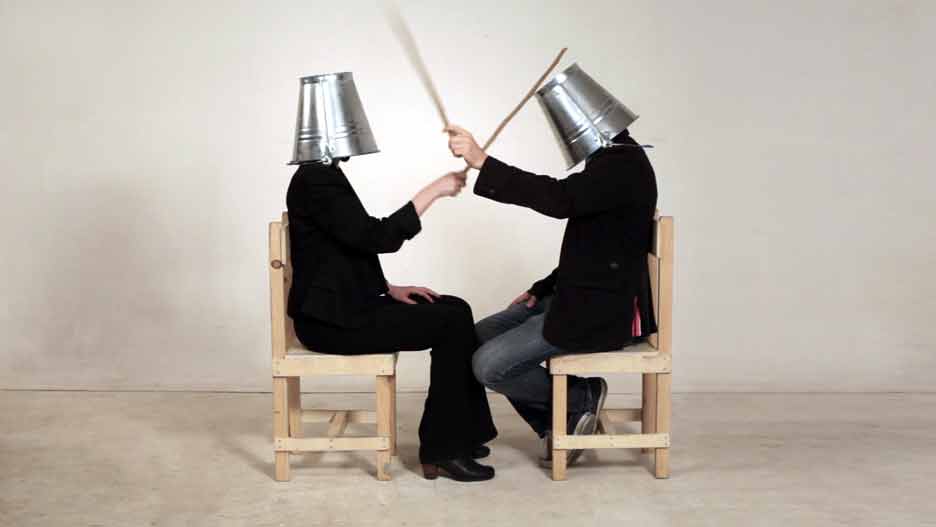
Alp Esin Bucket and Stick 2015
Letter from Istanbul
After ARTER
Vassilios Doupas
It strikes me as a paradox that banks, which are deeply embedded in the mechanisms of power and the reproduction of hegemonic structures, should be the main supporters of culture.
Reports
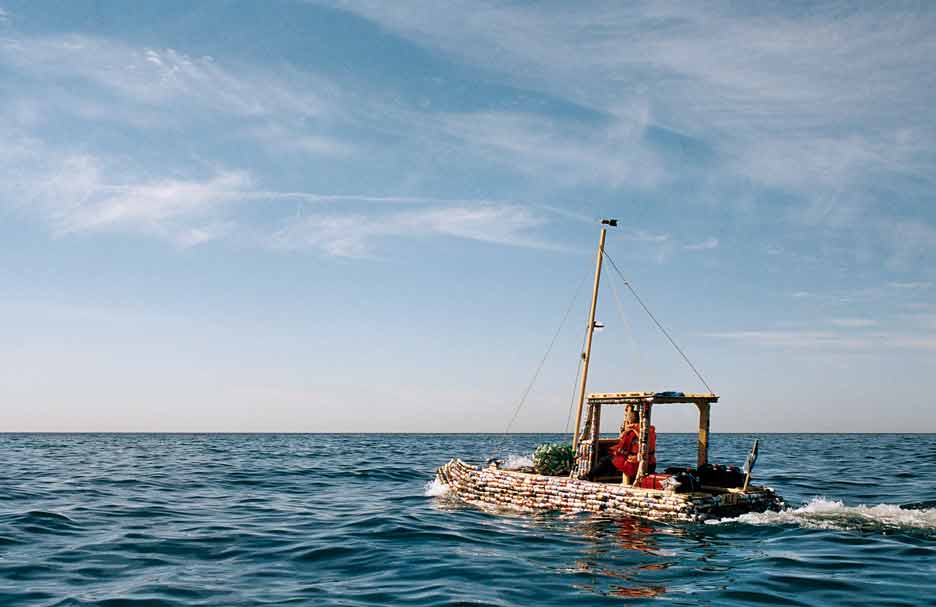
Karel Koplimets Case No13 Waiting for the Ship of Empties 2017
Letter from Helsinki
Neighbours
Rob La Frenais
In an unusual move, the private foundations are also seeding the currently underdeveloped commercial art market in Helsinki.
Reports
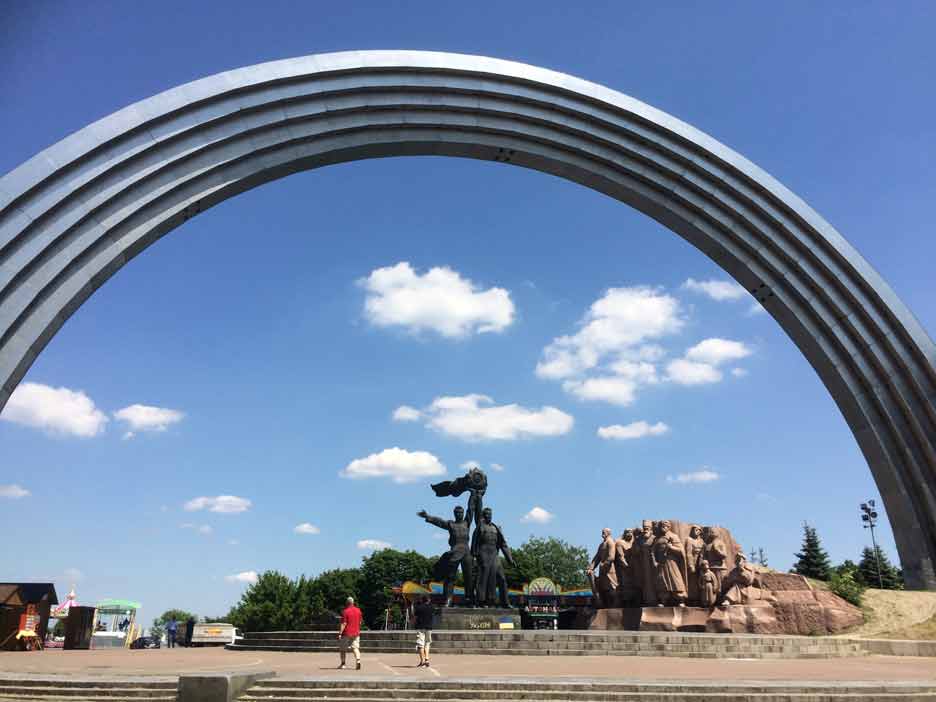
People's Friendship Arch
Letter from Kiev
The Wall
Phoebe Blatton
Its restoration illuminates a revolving system of commission, construction and vandalism within the Soviet era that operated according to changing political agendas, as with anywhere, and that obviously continues.
Artlaw
Ways of Working
Blockchain
Henry Lydiate
An obvious possibility for the use of blockchain technology is the documention of unassailable records of provenance of ownership, which raises key question as to whether there are wider and more profound applications of blockchain technology in the art world.
Listings
Events
Calendar
The updated events and exhibitions calendar can be viewed online.
Exhibitions
Exhibition Listings
Art Monthly's exhibition listings can be viewed online.

